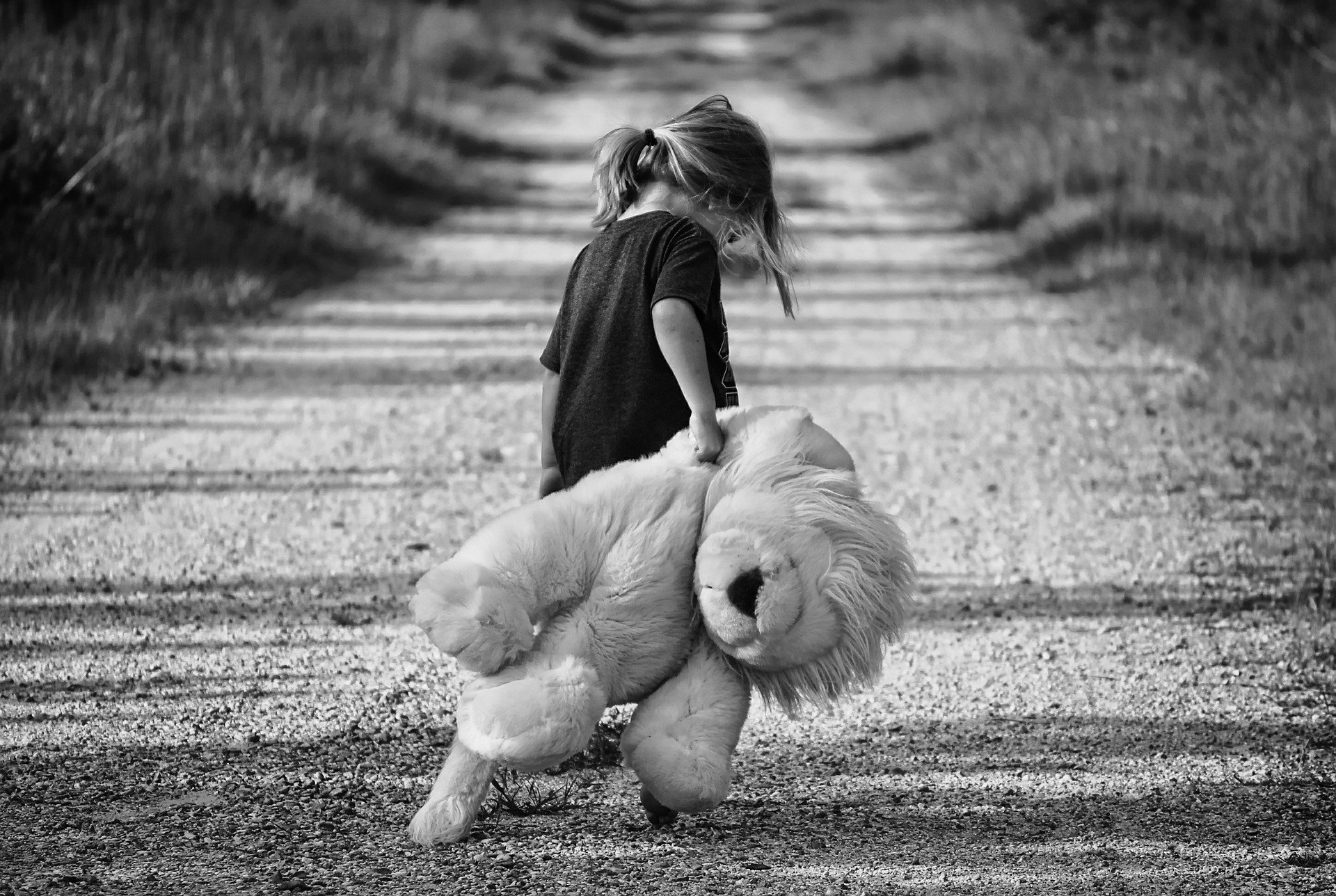
How Children Handle Trauma or Grief
Image Source: Pixabay
Every child deserves an idyllic childhood. We all want to protect our babies from pain and grief. Unfortunately, though, that’s not always possible. In fact, it’s currently estimated that more than two-thirds of children have experienced at least one major traumatic life event by the time they turn 16. That could include anything from domestic or community violence, to a serious accident or illness, to the loss of a loved one.
No matter what the cause, the effects of trauma can follow a child throughout their life. Trauma can increase children’s risk not only for mental illness later in life but also for various physical illnesses.
Childhood trauma can also detrimentally impact the child’s psychosocial functioning as an adult, including impacting their ability to maintain successful relationships, to advance their education, or to pursue a successful career. Indeed, the aftermath of trauma may put children at risk for PTSD, substance use disorder, or disordered eating well into adulthood.
But the experience of trauma doesn’t have to determine a child’s destiny for the rest of their life. It is possible to help a child heal after trauma, to move past their pain and grief to build happy, healthy, and productive adult lives.
Dealing with Grief
It’s human nature to want to avoid pain. Children, just like adults, will often try to deny, avoid, or otherwise repress negative emotions, from fear, to grief, to anger. But when children deny or repress their trauma, it doesn’t go away. It simply manifests in different and unhealthy forms, including hyperarousal, difficulty concentrating, or depression. Understanding how children process grief is essential to guiding them through the grieving process.
The grieving process in children, research shows, is very different than that of adults, principally because children, especially young children, are unable to conceptualize cause and effect, universality, or the irreversibility of death.
A child, for instance, may secretly be expecting the loved one to return if only the child behaves well enough or loves and misses the lost one deeply enough. This can lead to feelings of guilt and self-blame that the child may be unable or too ashamed to discuss.
However, like an adult, how a child deals with grief or trauma is as unique as the child themself. Helping children heal means engaging in open, honest, and consistent communication, combined in equal or greater measure with love, reassurance, and support. This will help the little one feel safe in confiding in you and entitled to their own feelings and experiences, no matter what those may be.
Affirm and Teach Kindness
When people experience childhood trauma, one of the first things to suffer in adulthood is the ability to form healthy, enduring relationships. Traumatized children all too often grow up to be adults who have trouble reaching out, connecting, and communicating with loved ones. That means that it’s not only the adult child of trauma who’s going to be impacted, it will also affect anyone who loves them.
If you are one of those people who loves someone who has experienced childhood trauma, it’s important to recognize the signs and to understand how long-ago trauma may be shaping your loved one’s behavior. This understanding is not only essential to helping your loved one receive the care they need, but it’s also crucial to your own health and well-being..
A child’s past doesn’t have to be their future. An important step in healing comes by cultivating the child’s capacity for kindness. Modeling empathy, compassion, and connection can help redirect the child’s focus from themself and their own pain.
You might use a favorite storybook or cartoon to teach the child to think about how a character might be feeling or what they might be thinking. You could use pictures and photographs to help the child read a character’s facial expressions to understand emotion.
And then you could help the child think of concrete ways to respond, such as giving a teddy bear to someone who might be feeling sad or afraid. And once you’ve practiced this for a while, show the child how to transfer that compassion and kindness into the real world, into their relationships with other children and adults.
The more experience that children have in building relationships with others, the more social and emotional support they will have to draw from as they heal from their own trauma. This is the perfect opportunity to reinforce those lessons by teaching the child self-affirmations.
Positive affirmations can emphasize the child’s kindness and empathy. This, in turn, will increase the child’s sense of self-worth. And as the child learns to love and value themself, they will learn to heal, to recognize that their past traumas were not deserved but that they are more powerful than their past.
The Takeaway
Childhood should be a time of carefree innocence. For far too many children, though, that is not at all the case. Childhood trauma can have a lingering, even devastating effect on the child’s physical, mental, and emotional health well into adulthood. But it doesn’t have to be that way. By helping children learn to process their pain and grief, by teaching them to practice kindness, and by showing them how to love and value themselves, traumatized children can overcome their history and go on to live the joyous and meaningful life they deserve.






